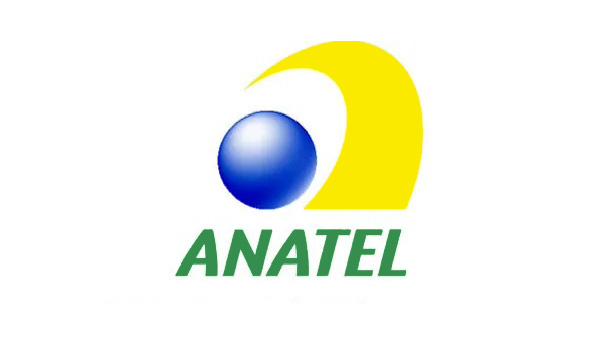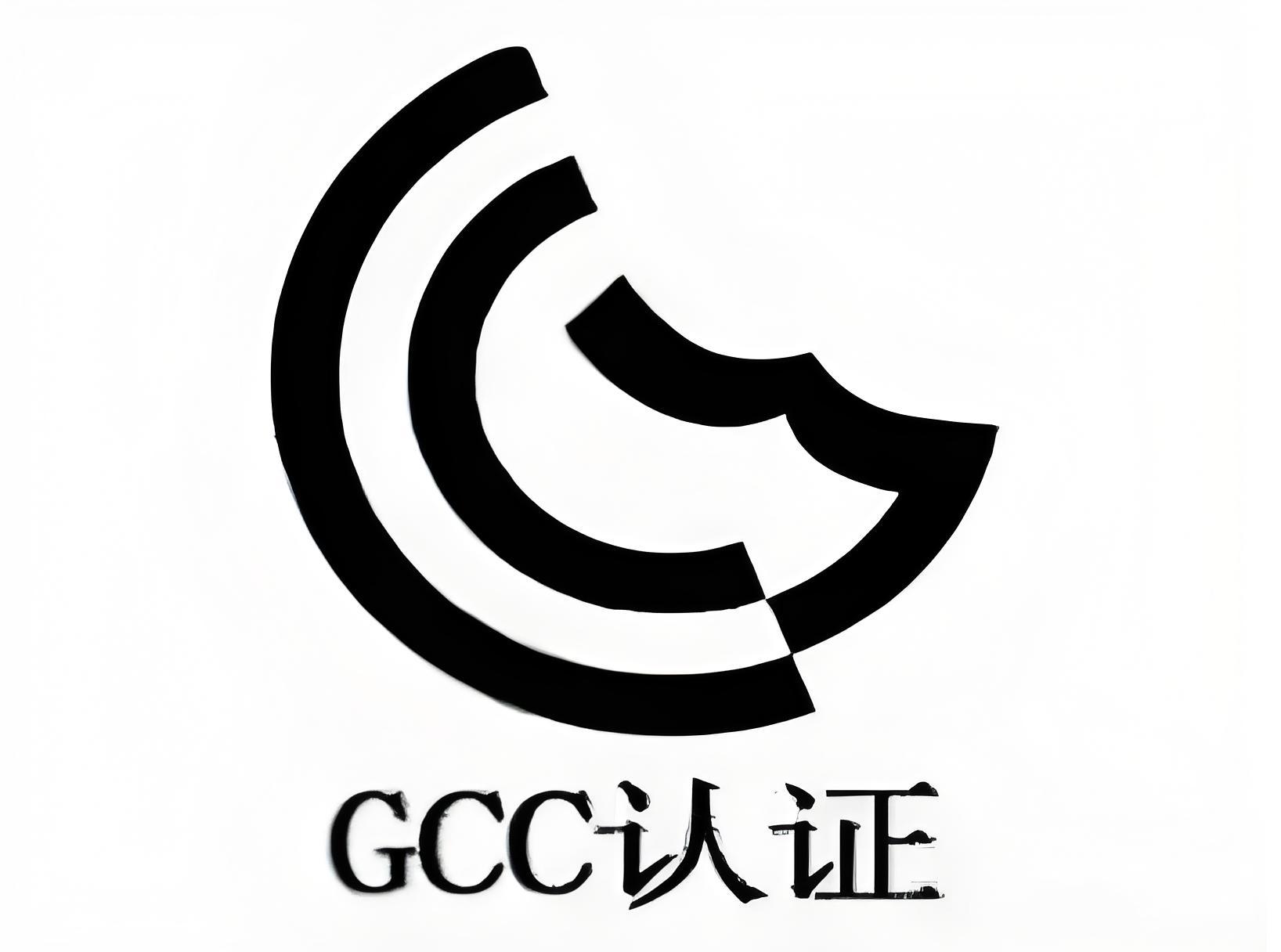
basic introduction
Protective eyewear is a kind of glasses with special functions, and the glasses with different needs in different occasions are used. There are many types of protective glasses, including dust-proof glasses, impact-proof glasses, chemical-resistant glasses, and anti-light radiation glasses. Protective glasses, also known as labor protection glasses, are divided into safety glasses and protective masks. Their role is to protect the eyes and face from the radiation of ultraviolet, infrared and microwave waves, dust, smoke, metal and sand debris, and chemical solutions. Sputtering damage. Because it is related to the health and safety of human life, the detection of goggles is particularly important.
Goggles testing standard: GB14866: 2006
GB14866: 2006 "Technical requirements for personal eye protectors"
This standard specifies the classification structure, specifications, materials, technical requirements, test methods, inspection rules, packaging and transportation of eye and face protectors.
This standard applies to the research, design, production, use and inspection of eye and face protectors.
Goggles GB14866 test project
1. Eyes and face protection equipments for eye and face protection
Protective equipment against electromagnetic waves, chemical substances, metal sparks, flying debris, and dust that can damage your eyes and face (including neck).
2. Cover for eye protection
Eye protectors with single or double lenses are installed in the headband frame.
3. Protective glasses spectacles for protection
Eye protectors with various eye protection lenses are installed in the frame of the spectacle frame.
4. Protective face mask
Various protective gears covering the face (including neck).
5. Protective optics
Various light-transmitting components that protect the eyes from harmful factors.
6. Optical horizontal reference length
The length of the center horizontal reference line between the top and bottom of the lens.
7. Optical vertical height
The length of the center line perpendicular to the horizontal reference line of the lens.
8. Optical central scope
Area within 5mm from the edge of the lens.
9, focal power
The quantity that characterizes the optical system's ability to converge or diverge light. The value is the reciprocal of the distance from the back vertex of the lens to the focal point. Unit: Diopter (D).
10. Parallelism (also called prism degree) depth of parallelism The degree of deflection of the light beam through the lens. Unit: cm / m, symbol: △.
11. Protective cover
The transparent lens is placed in front of the filter to protect the filter from external scratches and loss of metal slag.
12. Side guard
Curved or flat parts are attached to the spectacle frame to prevent harmful factors from the side to the eyes.
13. Filter
Lenses used to reduce harmful infrared rays, ultraviolet rays, dazzling visible light and other radiation to standard levels (generally have a fixed color).
Goggles GB14866 test process
1. Project application——submit an application for quality inspection report to ZRLK inspection and supervision.
2. Document preparation-According to the requirements of GB14866, the enterprise prepares relevant certification documents.
3. Product testing-the enterprise sends the samples to be tested to the laboratory for testing.
4. Preparation of reports-Certified engineers prepare reports based on qualified test data.
5. Submit the audit-the engineer will review the complete report.
6. Issuing the certificate-after the report is verified, the quality inspection report will be issued.


ANATEL certification is a mandatory certification for telecommunications equipment or related equipment by the Brazilian National Telecommunications Administration (Agência Nacional de Telecomunicações), including wireless communication equipment, wired communication equipment and related auxiliary equipment; this certification ensures that telecommunications equipment sold in the Brazilian market meets Brazil\'s technical standards and regulatory requirements, and guarantees the product\'s quality requirements such as radio frequency, electrical safety, electromagnetic compatibility, and electromagnetic exposure. If the product entering Brazil does not complete ANATEL certification, it may face fines, seizures, and other penalties.

COC certification in Algeria is a mandatory certification for products exported to Algeria, ensuring that the products comply with the country\'s safety, quality, and technical standards. The certification process includes document review, product testing, and factory inspection. Products that pass certification can be legally sold in the local market, protecting consumer interests and promoting fair trade.

GCC certification is the abbreviation for Gulf Cooperation Council certification, which is a mandatory certification requirement for products entering the market in Saudi Arabia and other countries in the Gulf region.
Protective eyewear is a kind of glasses with special functions, and the glasses with different needs in different occasions are used. There are many types of protective glasses, including dust-proof glasses, impact-proof glasses, chemical-resistant glasses, and anti-light radiation glasses.
Get a quote